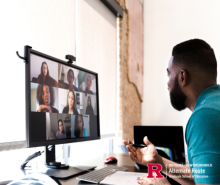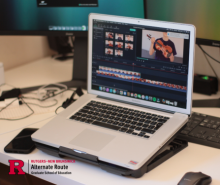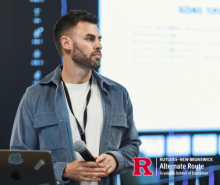How This NJ Teacher Motivates Students to Excel in STEM Courses
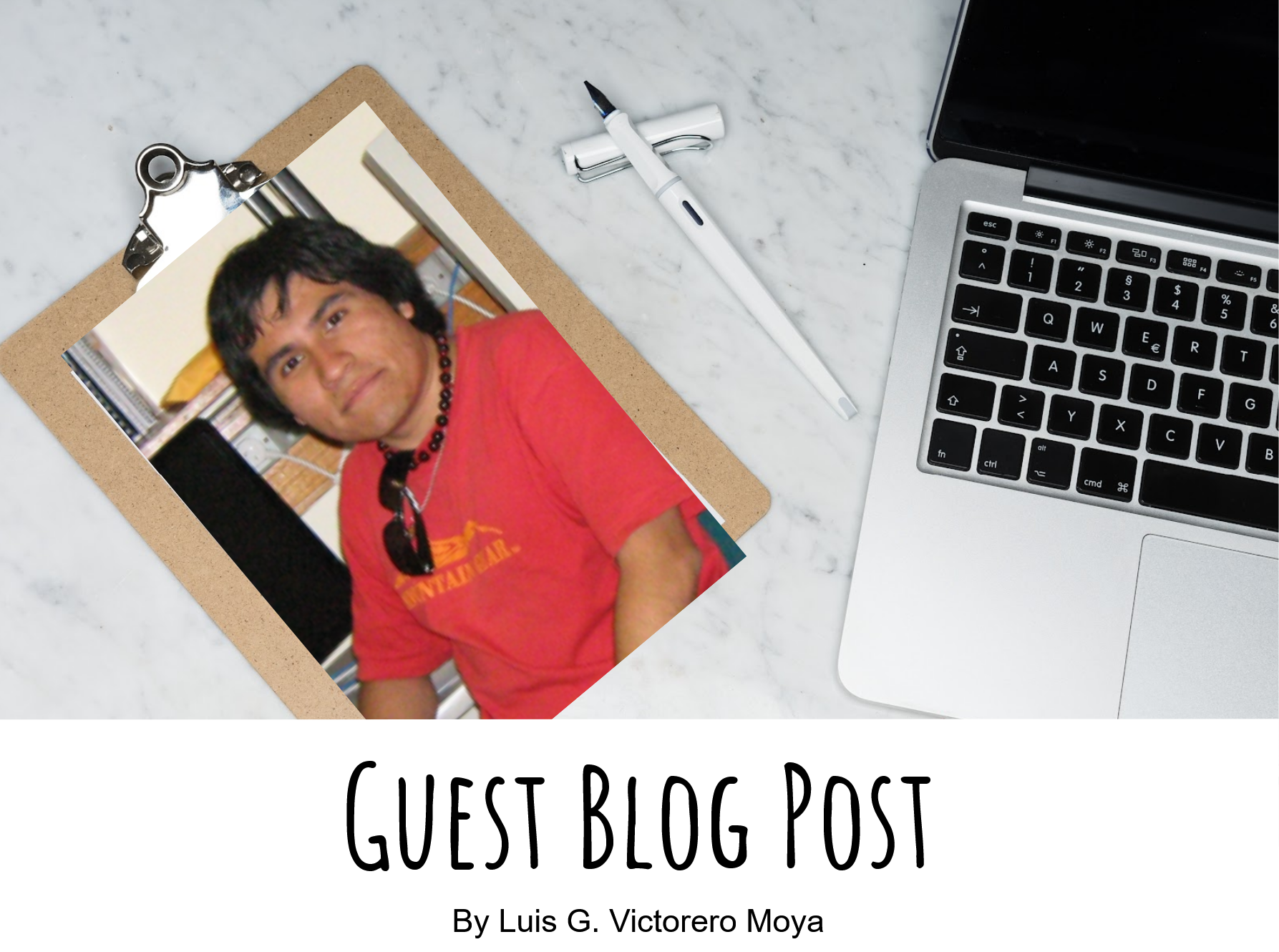
I have been teaching math and science for a few years now in various settings - a private school, at the college level, and in my current position at a public high school in northern New Jersey. Through these various teaching experiences, I have discovered multiple approaches and techniques one can apply to motivate students to engage in the topics presented in class and to apply those concepts studied in class during laboratory, simulations and practical demonstrations.
One way that I foster student engagement is with different online resources. In my Physics class, I’ve introduced many online resources to students; one of them is PhET, which provides amazing and simple online demonstrations and lab simulations for a variety of topics in Physics and other branches of science such as Chemistry and Biology. A project at the University of Colorado Boulder, PhET Interactive Simulations is designed to foster the type of engagement that helps students learn with exciting, interactive activities through which they explore and discover STEM concepts related to Physics, Chemistry, Biology, and Mathematics. Its game-like environment makes it fun for students, while teachers get excited about its free access, pre-formed teacher resources and the extensive education research which supports PhET. I personally recommend that website for any science teacher that is interested in attaching and presenting simulations alongside the theoretical background.
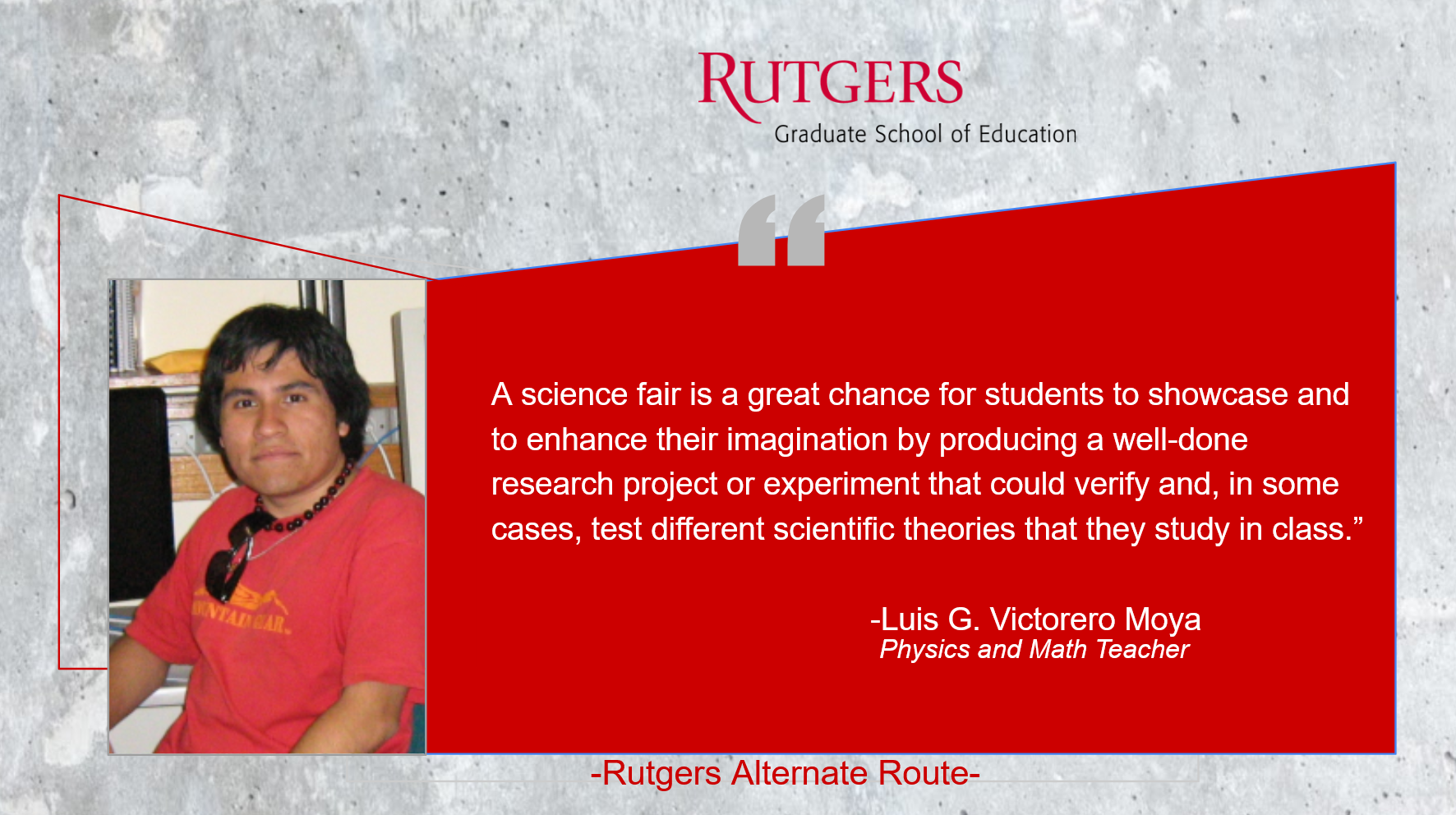
In addition to practical demonstrations and laboratories, I have found that discussions in class are key for engaging students and for enhanced understanding, especially with complex topics. This engagement strategy comes highly supported by expert facilitators and communication researchers Stephen Brookfield and Stephen Preskill. In their collaborative bestselling book The Discussion Book: 50 Great Ways to Get People Talking, Brookfield and Preskill share a comprehensive list of recommendations on how to facilitate discussions in class. I have implemented various suggested strategies such as using small groups, even in remote settings, to improve the quality of discussion and promote participation. Small groups, I find, are particularly useful during laboratories and workshops.
Brookfield and Preskill also provide a list of ideas for online and remote class discussions. For example, they recommend that teachers create polls and/or post discussions online regarding a given topic from the lecture. Teachers should then ask students to respond to the polls or contribute responses by following a threaded discussion. Additionally, they also suggest using online videos such as VoiceThread and YouTube to foster better interaction among students and with the teacher.
Speaking of videos, I have shared with my students a variety of content-rich multimedia resources that I find very helpful. I know Khan Academy seems to be the standard when it comes to online teaching and/or additional resources; however, for Physics and Mathematics, I have found Michael van Biezen's iLectureOnline site to be extremely useful. STEM teachers can subscribe to his YouTube Channel or consult his website. In both places Biezen, a Physics Professor at Loyola Marymount University, shares quite a few videos that demonstrate a variety of problem-solving strategies in Algebra, Physics, Statistics and even some for advanced mathematics and college Physics. I have found that students both appreciate and need another perspective. Thus, by viewing and having another “teacher” showing strategies for problems and exercises solved in class, it will enhance student learning and understanding.
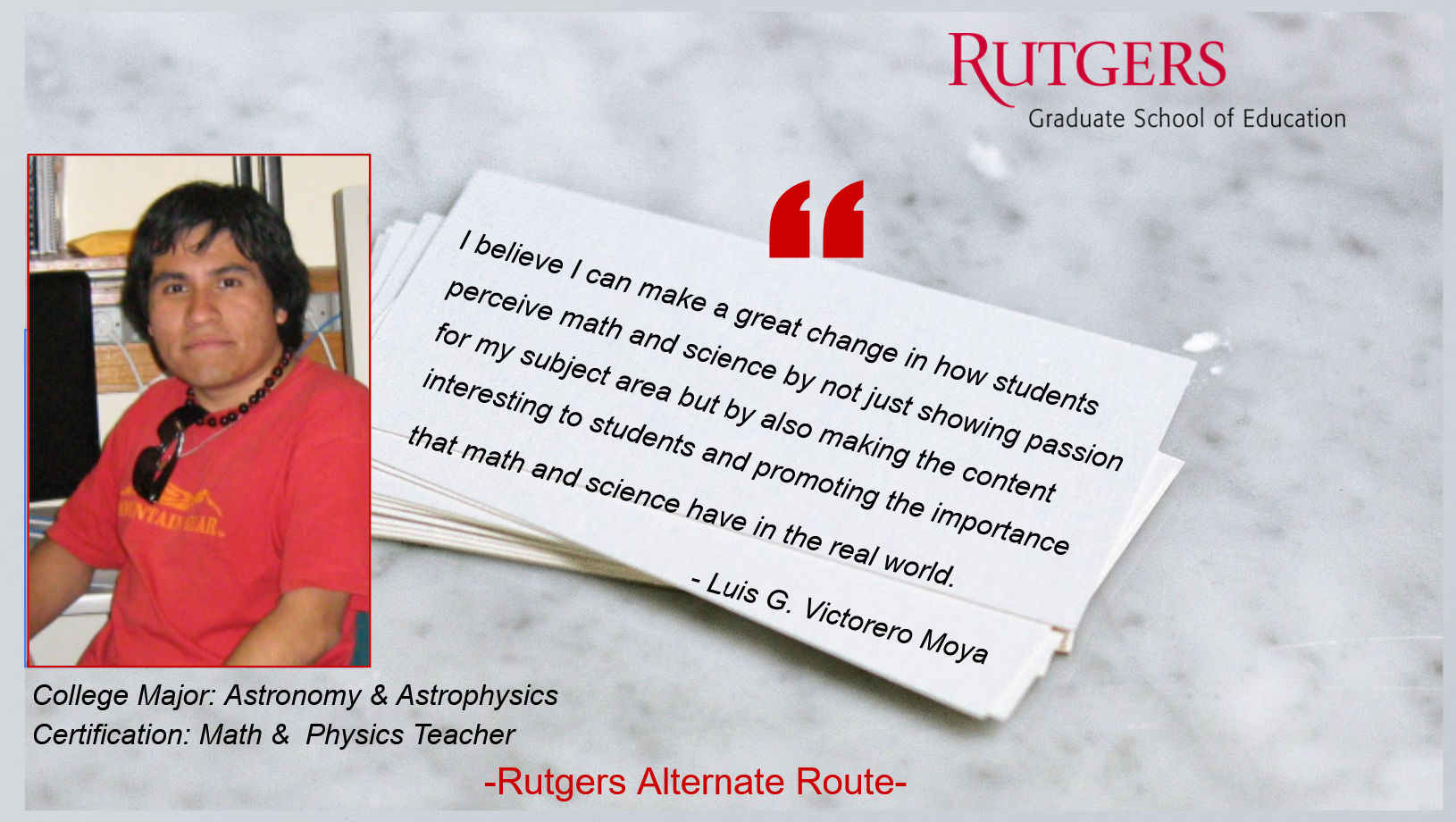
Science and Mathematics Fairs are yet another great way to promote student engagement. One thing I have learned after teaching High School Physics and Middle School science in the past 5 years is that Science Fairs, in particular, promote science learning and research. They provide a chance for students to showcase and to enhance their imagination by producing a well-done research project or experiment that could verify and, in some cases, test different scientific theories they study in class. The Community Resources for Science website features a variety of sample experiments, links to other resources, and ideas for students of all ages to use for planning their research or engineering projects. Science Fairs also create opportunities for teachers to build relationships with students while working one-on-one with them to develop their research ideas. I have personally helped my high school students develop well thought-out science projects that explore Astronomy, Physics (electricity, magnetism and mechanics) and in some cases physical science based on experiments performed in class. I have found this to be a great way to motivate students and to have them not only earn a good grade but also experience an overall competitive and productive learning adventure that could inspire them to pursue science or engineering studies in college or a STEM career later.
Finally, let’s not forget the value of STEM-focused clubs, camps and programs in promoting science learning and interest in science activities. My teaching experience includes coordinating after school programs and summer camp programs where robotics and electronics, introductory astronomy, and star gazing were centered. In the robotics after school program, I taught basic coding using the popular, freely available online coding program Scratch. I also taught students to program a basic robot “MBOT,” which is a very simple robot to assemble by the students and which allows students to test different sample coding that they could transfer to the more complex coding program ARDUINO. I had a lot of fun teaching, and the students enjoyed learning because the activities were so closely related to electronics, making them very engaging and satisfying.
As for astronomy, I introduced students to basic concepts on astronomy and physics, our solar system, the planets, stars, galaxies and the universe using different tools such as Stellarium. This resource is basically a free online planetarium accessible right from your computer. With Stellarium, students don't need binoculars or a telescope; all that's required is their naked eye and an interest in exploring our solar system. Still, a visit to a planetarium and some star gazing at night are irreplaceable; so, I was sure to include those activities as part of the programs I ran.
As I’ve shown here, there are so many tools, techniques, projects and events we can leverage to promote science learning and motivate kids and young teenagers to develop STEM interests. Science, Technology, Engineering and Math are all very satisfying subjects that not only enhance critical thinking and analysis but also improve our world. Let’s get the best out of our students and inspire improvements in our world with STEM engagement practices that work.
If you’re considering following your dream of teaching, Rutgers Alternate Route can offer you the support and training you need to succeed. Be sure to follow Rutgers Alternate Route on Twitter and sign up for Alternate Route’s monthly newsletter for more information and stories from the field of education.

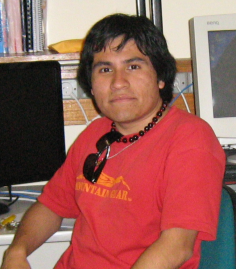 Luis Victorero Moya teaches Physics at Orange High School in New Jersey. An Astronomy major in college with a master's degree in Astrophysics, Luis used his passion for science to pursue a career in teaching through the Rutgers Alternate Route program. When asked why he became a teacher, the Curtin University of Technology-Australia graduate stated, "I believe I can make a great change in how students perceive mathematics and science by not just showing passion for my subject area but by also making the content interesting to students and promoting the importance that mathematics and science have in the real world."
Luis Victorero Moya teaches Physics at Orange High School in New Jersey. An Astronomy major in college with a master's degree in Astrophysics, Luis used his passion for science to pursue a career in teaching through the Rutgers Alternate Route program. When asked why he became a teacher, the Curtin University of Technology-Australia graduate stated, "I believe I can make a great change in how students perceive mathematics and science by not just showing passion for my subject area but by also making the content interesting to students and promoting the importance that mathematics and science have in the real world." 

